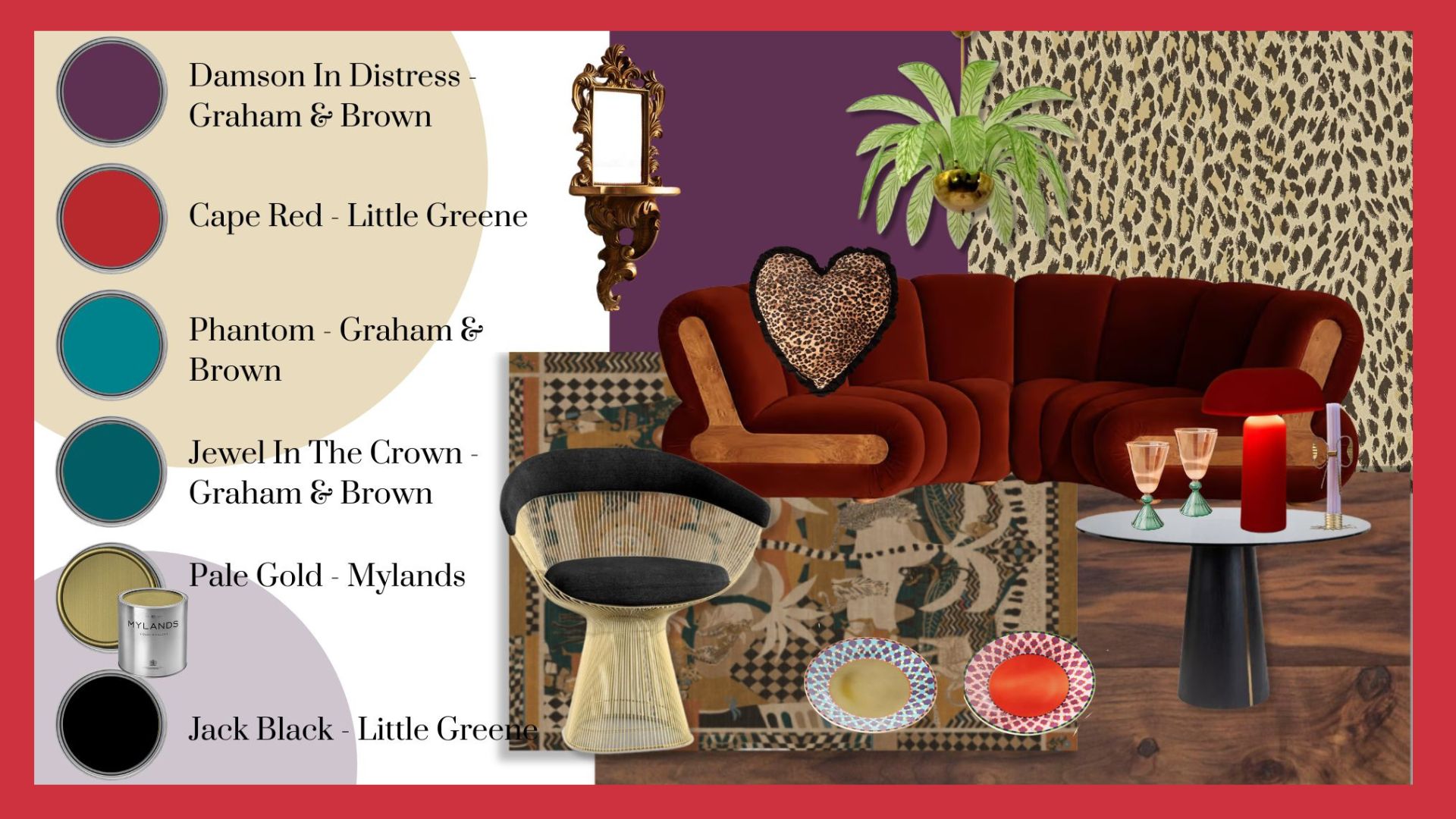1.0 - 8 Popular Interior Styles
Do you find that the constant stream of interior inspiration has made it harder to make confident design decisions? Whether in magazines, films, or social media, we are often drawn to a look or style without always knowing its origins. But what happens when you love more than one style? How do you blend them seamlessly without the result feeling chaotic or mismatched?
We will begin by exploring the eight most popular interior design styles and their key characteristics, including design features, colours, patterns, and materials.
1. Traditional 2. Art Deco 3. Mid-Century Modern 4. Minimalist 5. Industrial
6. Boho 7. Eclectic 8. Maximalism
1. Traditional
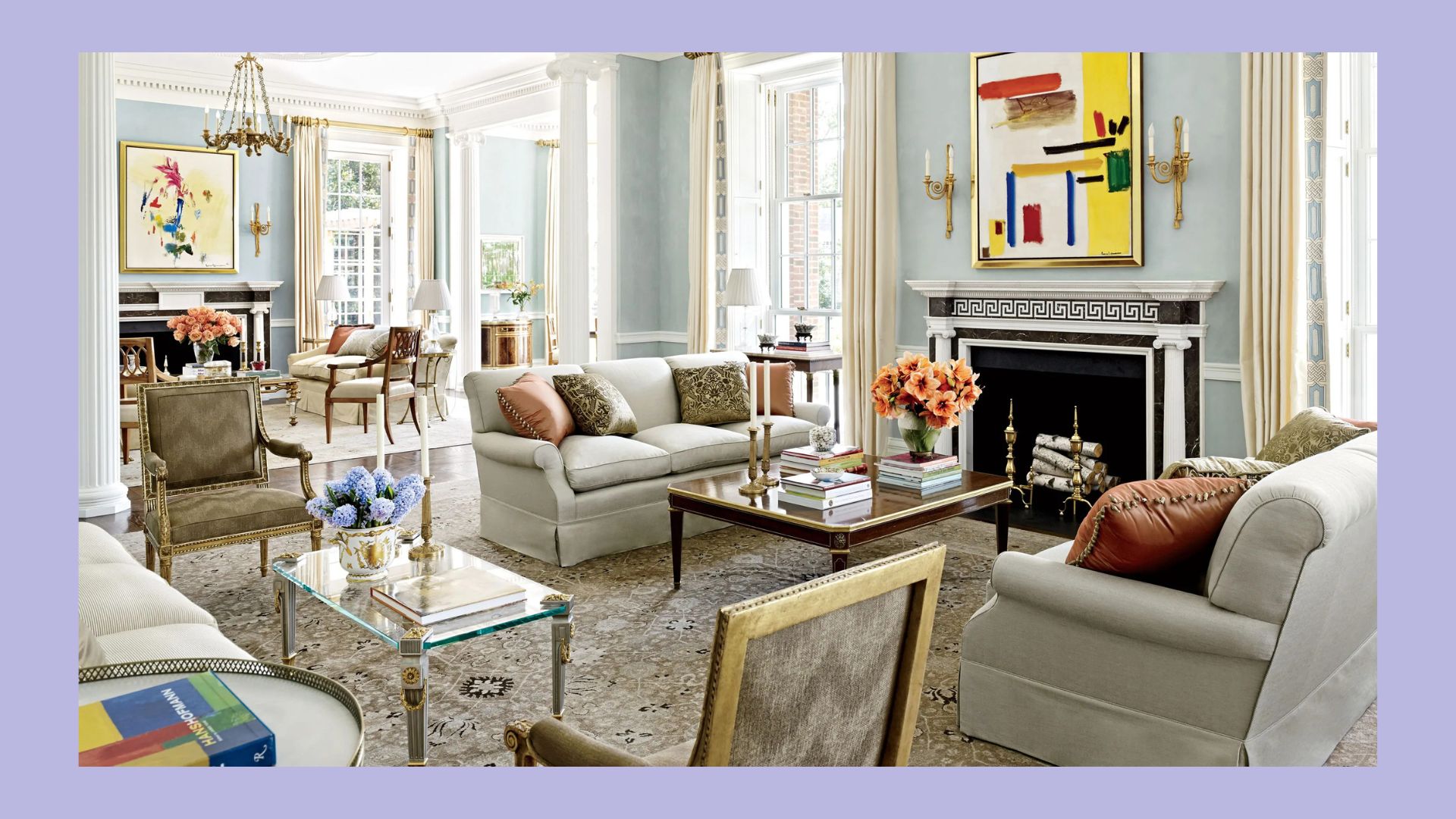
Image from Architectural Digest
Design Characteristics: Symmetrical layouts exude sophistication and timeless elegance. Vintage pieces and furniture with historical influences are often featured, creating a nostalgic charm.
Colours: Muted shades such as sage green and dusky pink layered with deep tones like burgundy, forest green, navy, and warm neutrals.
Patterns: Floral, damask, stripes, and paisley.
Textures & Fabrics: Smooth, polished surfaces; rich fabrics like silk, velvet, and brocade.
Materials & Details: Dark woods (mahogany, walnut), marble, brass, and decorative mouldings.
-
Influences: Georgian, Neoclassical, Victorian, and Tudor Revival.
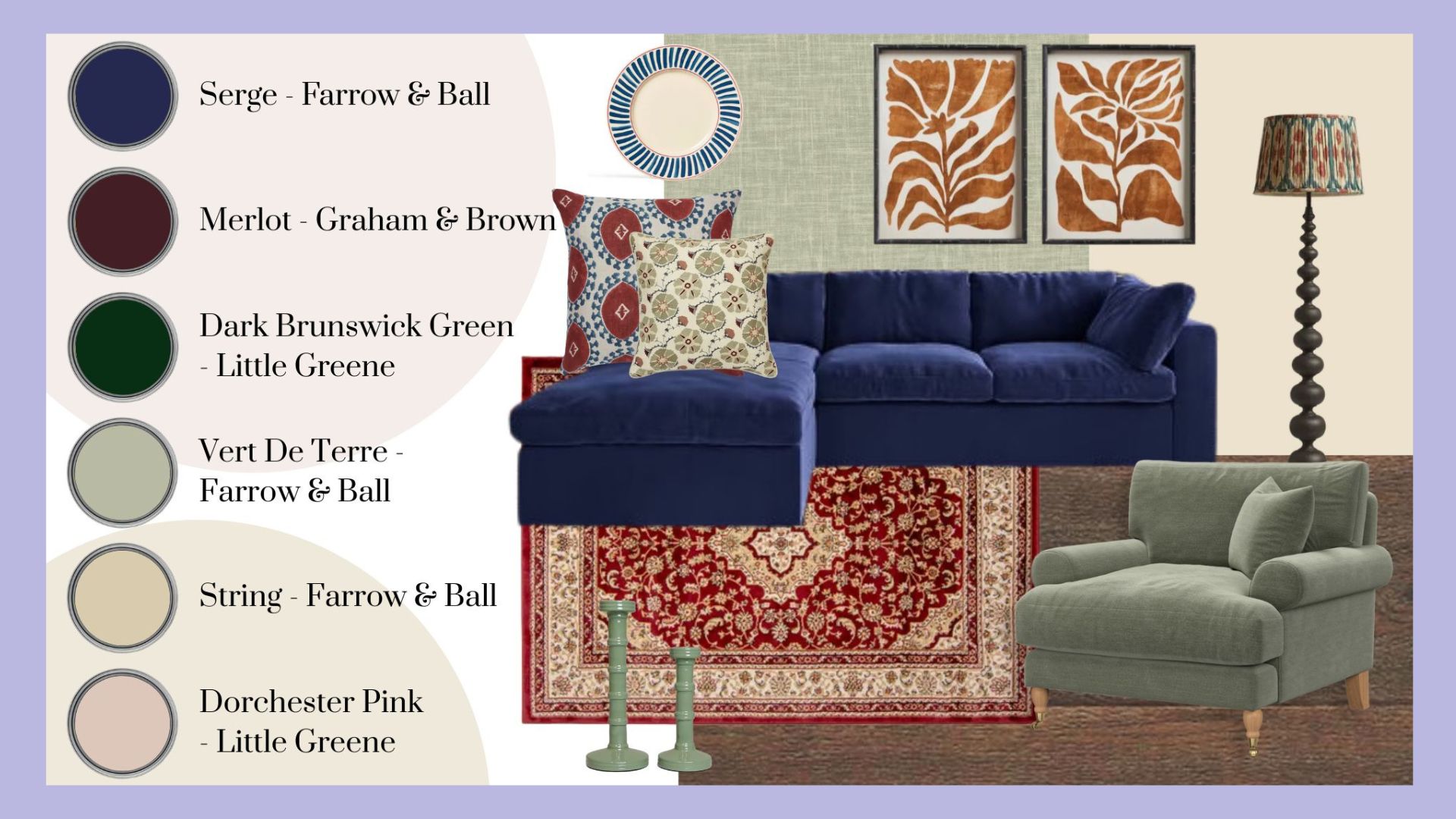
2. Art Deco
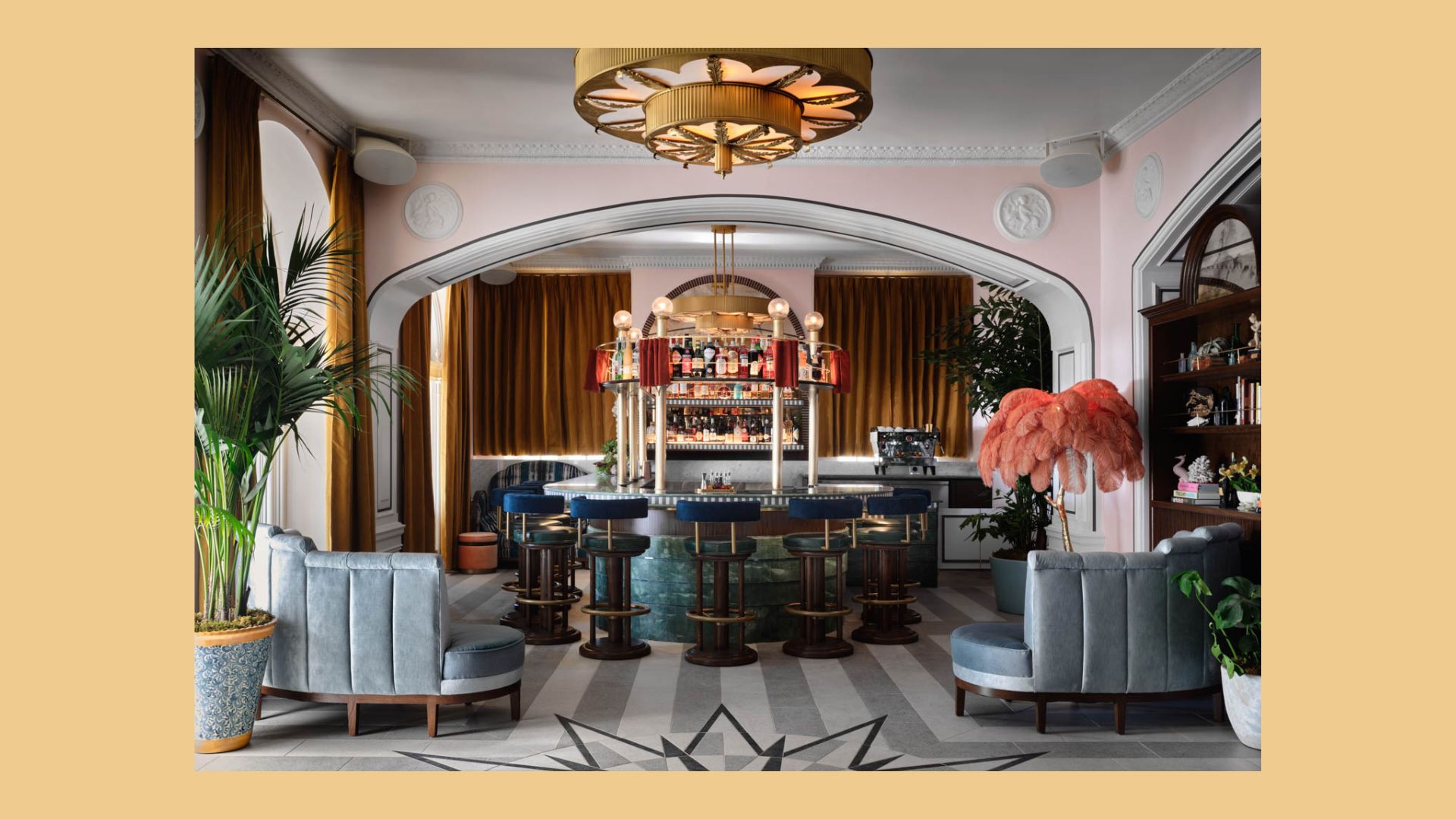
Photography by Douglas Friedman
Design Characteristics: Luxurious and glamorous, with bold geometric shapes, exotic motifs, and a modern edge. Art Deco combines historical grandeur with a forward-looking design.
Colours: Deep blues, emeralds, blacks with metallics and soft pastels.
Patterns: Zigzags, chevrons, and symmetrical motifs.
Textures & Fabrics: High-gloss, mirrored surfaces; velvet, satin, and leather.
Materials & Details: Lacquered wood, chrome, glass, and inlaid exotic woods.
-
Influences: Ancient Egyptian, Neoclassical, Cubism, and Industrial design.


3. Mid-Century Modern

Image from Aituts
Design Characteristics: This style celebrates innovation, simplicity, and functionality with clean lines, organic shapes, and the integration of indoor and outdoor spaces.
Colours: Earthy tones such as mustard, olive green, warm browns, and burnt orange.
Patterns: Simple, abstract shapes and retro geometrics.
Textures & Fabrics: Smooth wood grains; leather, wool, and natural fibres.
Materials & Details: Teak, walnut, metal, glass, and moulded plastic.
Influences: Bauhaus, Scandinavian, and Japanese design.
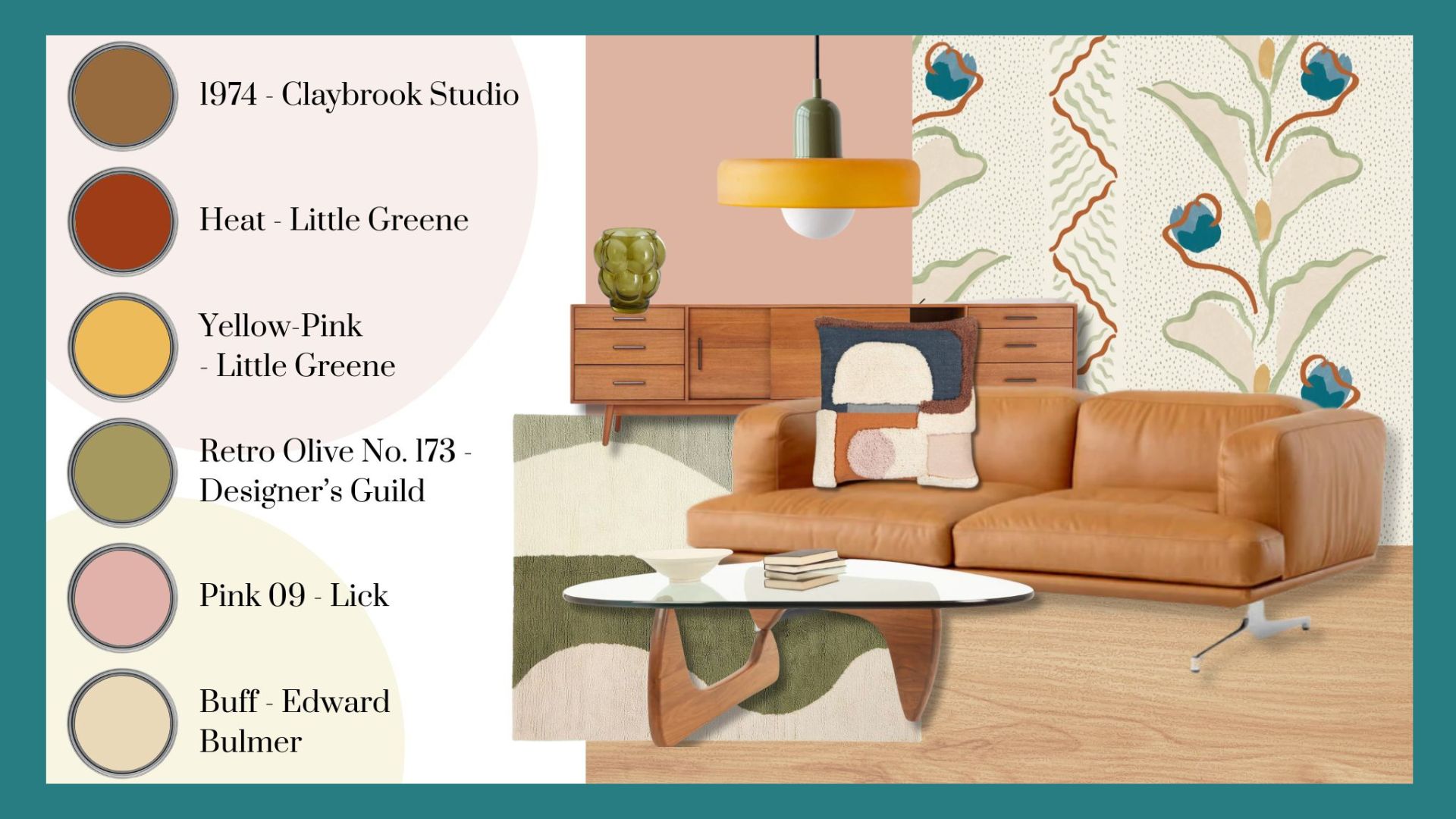

4. Minimalist
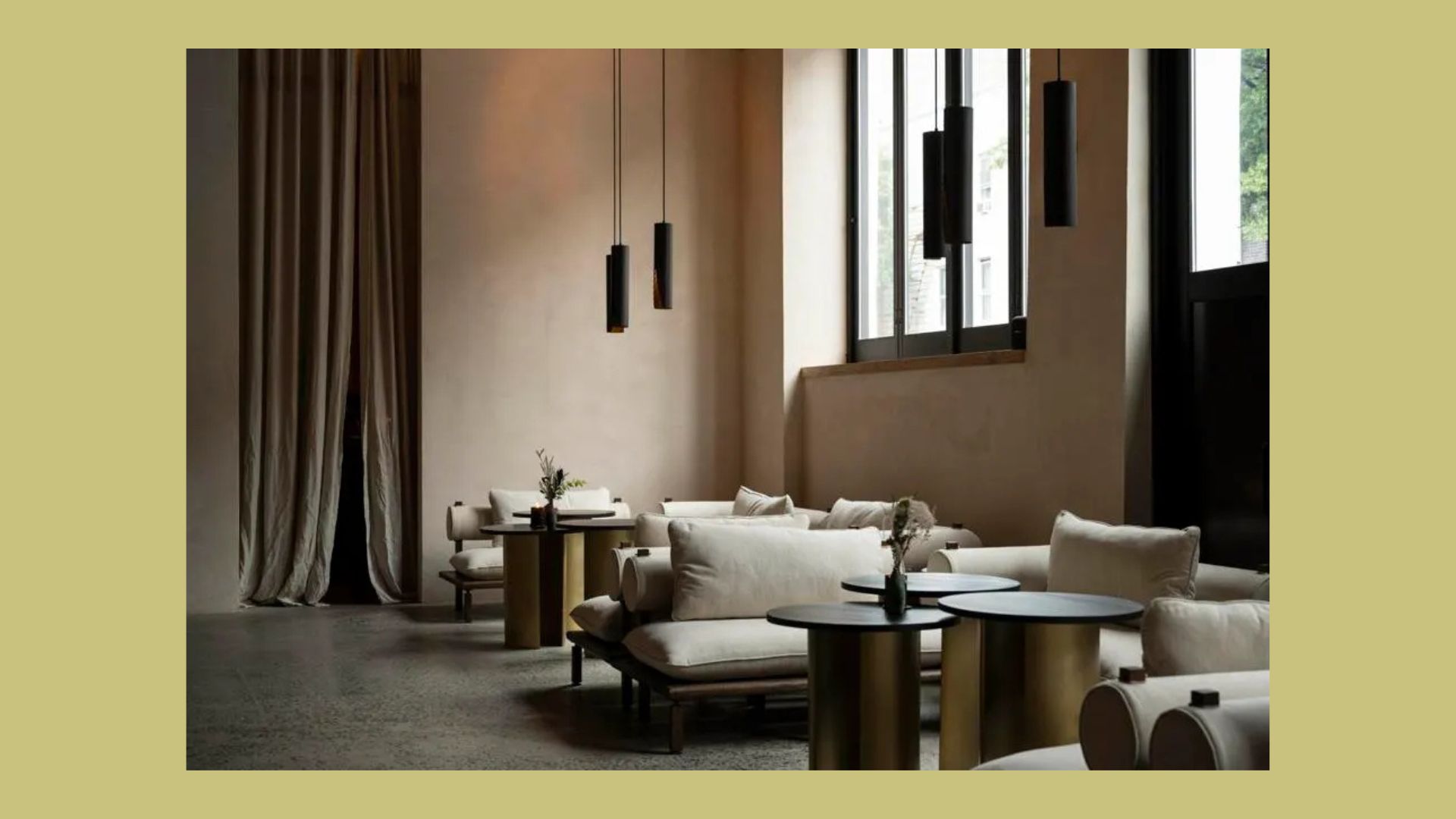
Inis, New York
Design Characteristics: This style emphasises 'less is more' with clean lines, open spaces, and high-quality craftsmanship to create a calm, mindful environment.
Colours: Neutrals like white, grey, black, beige, and muted accents.
Patterns: Minimal, focusing on clean lines.
Textures & Fabrics: Smooth, matt finishes; natural fabrics like linen and cotton.
Materials & Details: Wood, concrete, glass, and subtle textures.
Influences: Japanese Zen, Bauhaus, and Scandinavian design.
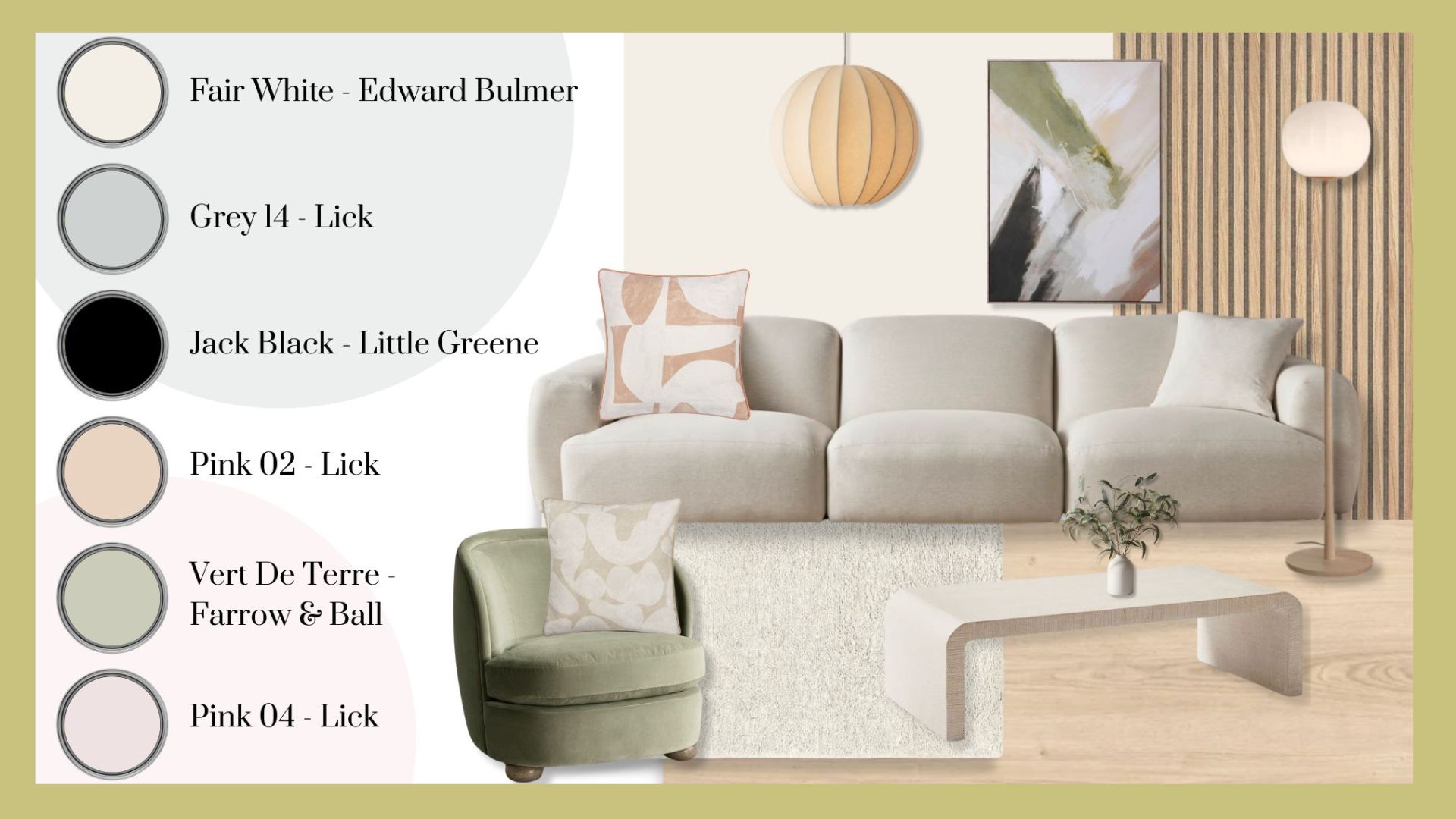

5. Industrial
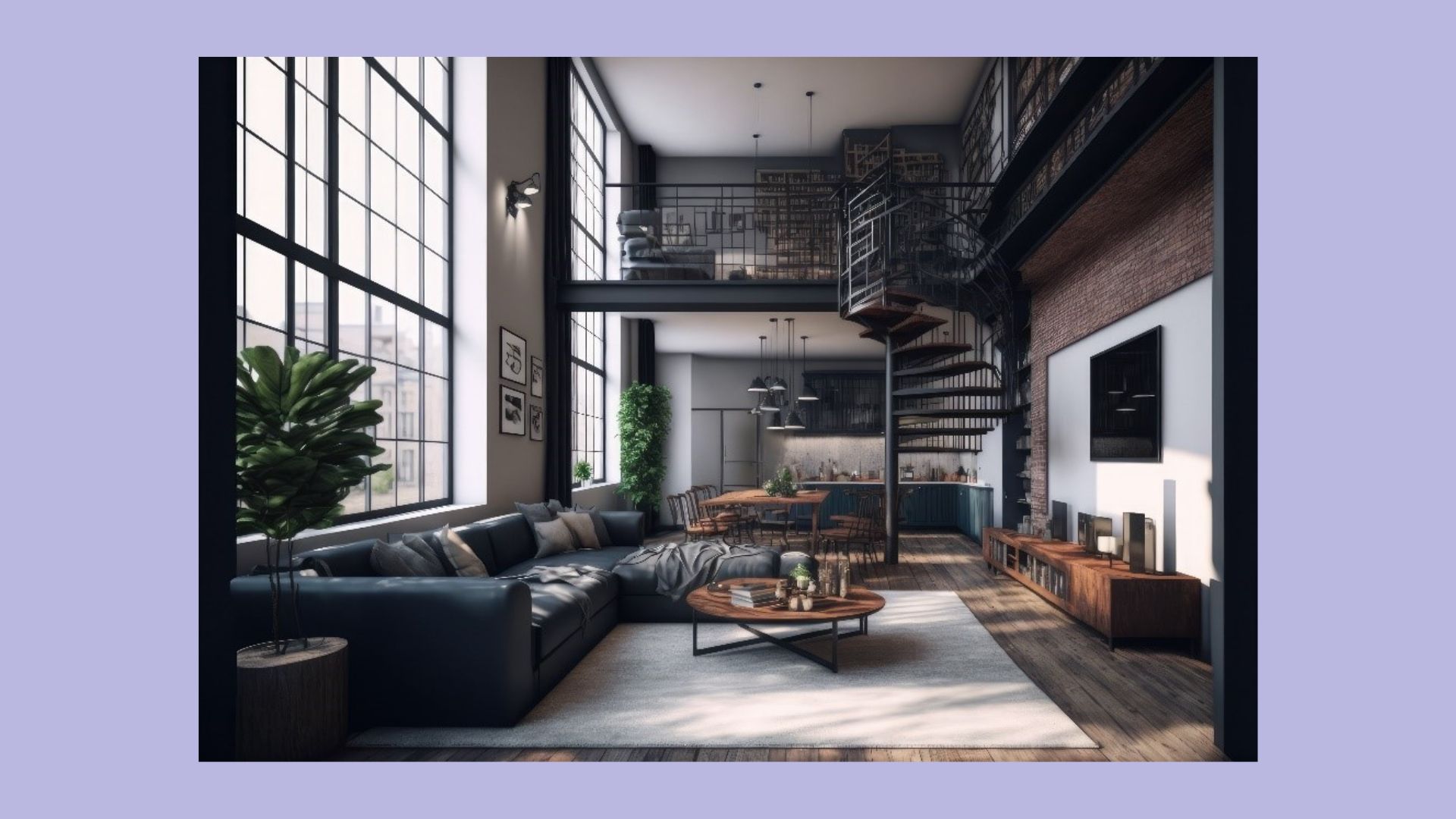
Style Traits: Raw and rugged, industrial style is inspired by warehouses. It features exposed brick, concrete, and metal elements. Open spaces, high ceilings, and utilitarian lighting add a vintage, mechanical charm.
Colours: Dark neutrals like charcoal, black, and earthy browns.
Patterns: Minimal; if used, distressed finishes.
Textures & Fabrics: Rough, unfinished surfaces; leather, canvas, and denim.
Materials & Details: Exposed brick, reclaimed wood, and steel.
Influences: Factories, Bauhaus, and Constructivism.
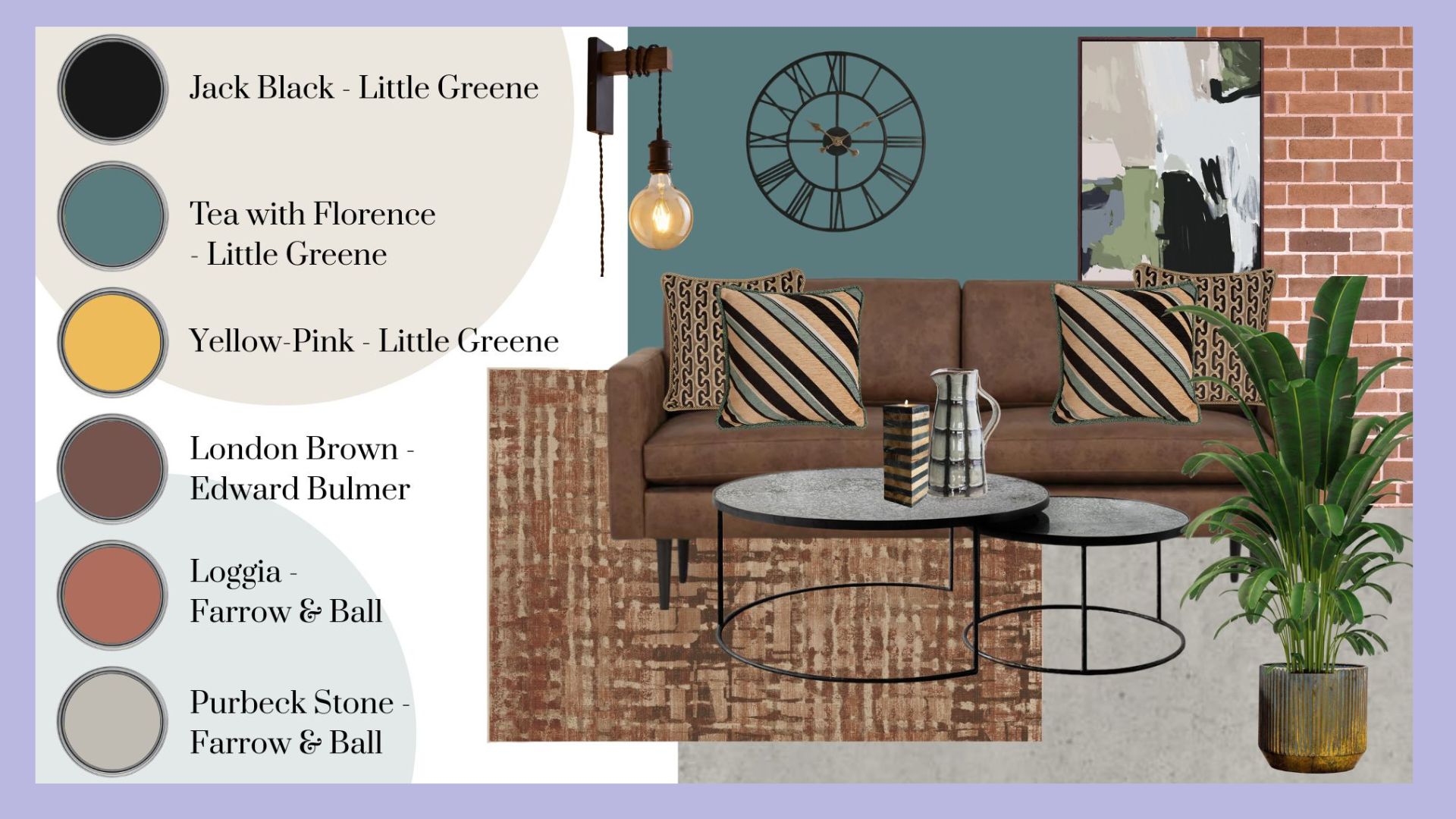

6. Bohemian (Boho)
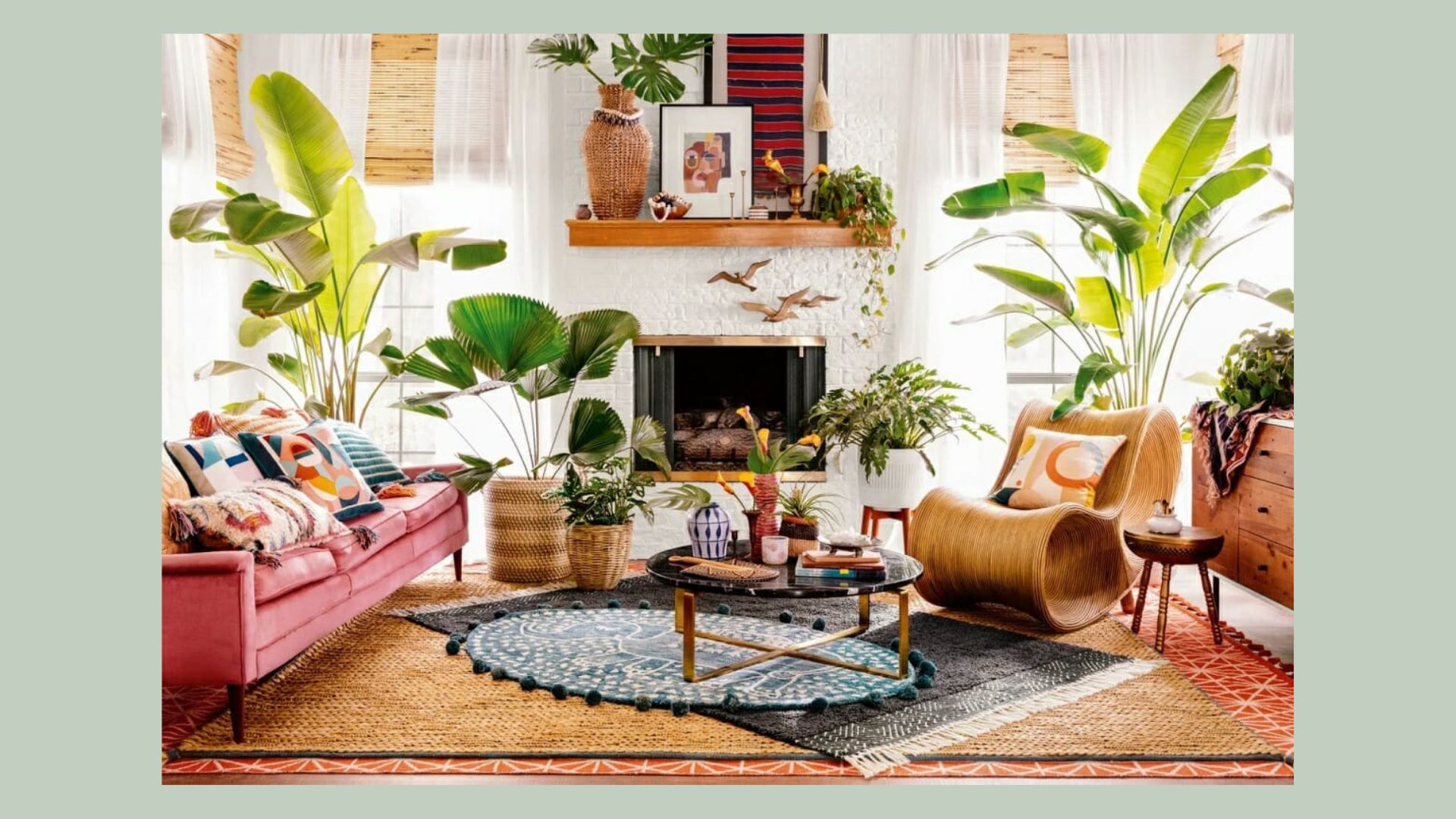
Style Traits: Relaxed and eclectic with global influences, layered textures, and vibrant colours with an abundance of plants creating a collected over-time feel. This style thrives on mixing patterns and showcasing unique, collected pieces for a warm, eclectic look full of character.
Colours: Earthy tones with pops like turquoise, magenta, and mustard.
Patterns: Tribal, paisley, ikat, and floral.
Textures & Fabrics: Richly layered; jute, cotton, and macramé.
Materials & Details: Wicker, rattan, bamboo, and distressed wood.
Influences: Moroccan, Indian, African Tribal, and French country.
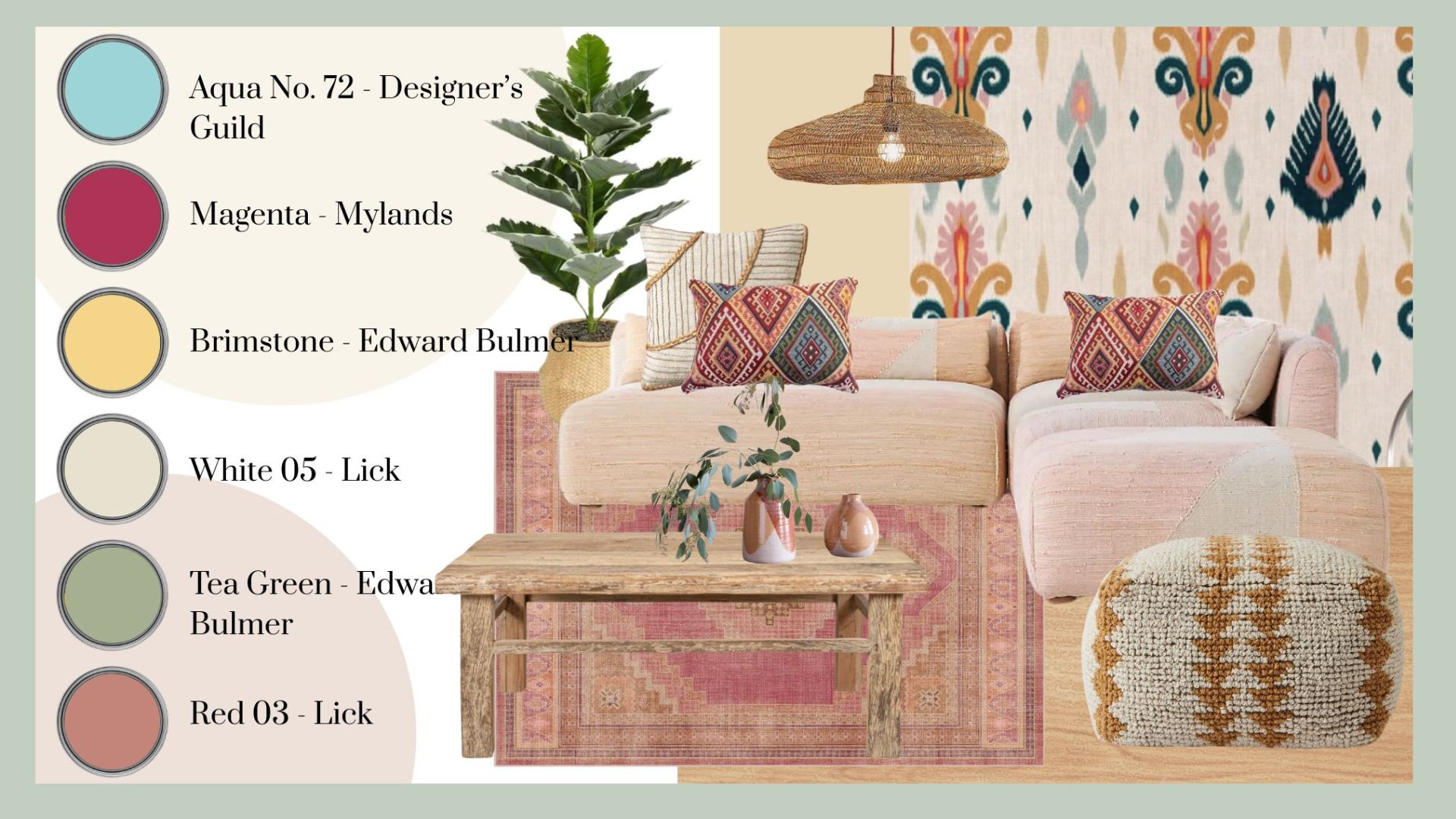
7. Eclectic

Photo: Nate Cook Design: Black Lacquer Design
Style Traits: Eclectic style is a celebration of variety, combining elements from different styles and eras into a layered, curated look, allowing for creativity and uniqueness. Eclectic design creates harmony out of contrast, combining seemingly disparate pieces into a cohesive, visually stimulating interior.
Colours: Mix of bold and muted tones for personal expression.
Patterns: Varied; a mix of florals, geometrics, and stripes.
Textures & Fabrics: Layered textures; velvets, linens, wools.
Materials & Details: Wood, metals, glass, and contrasting finishes.
Influences: Victorian, Bohemian, Art Deco, Mid-Century Modern.
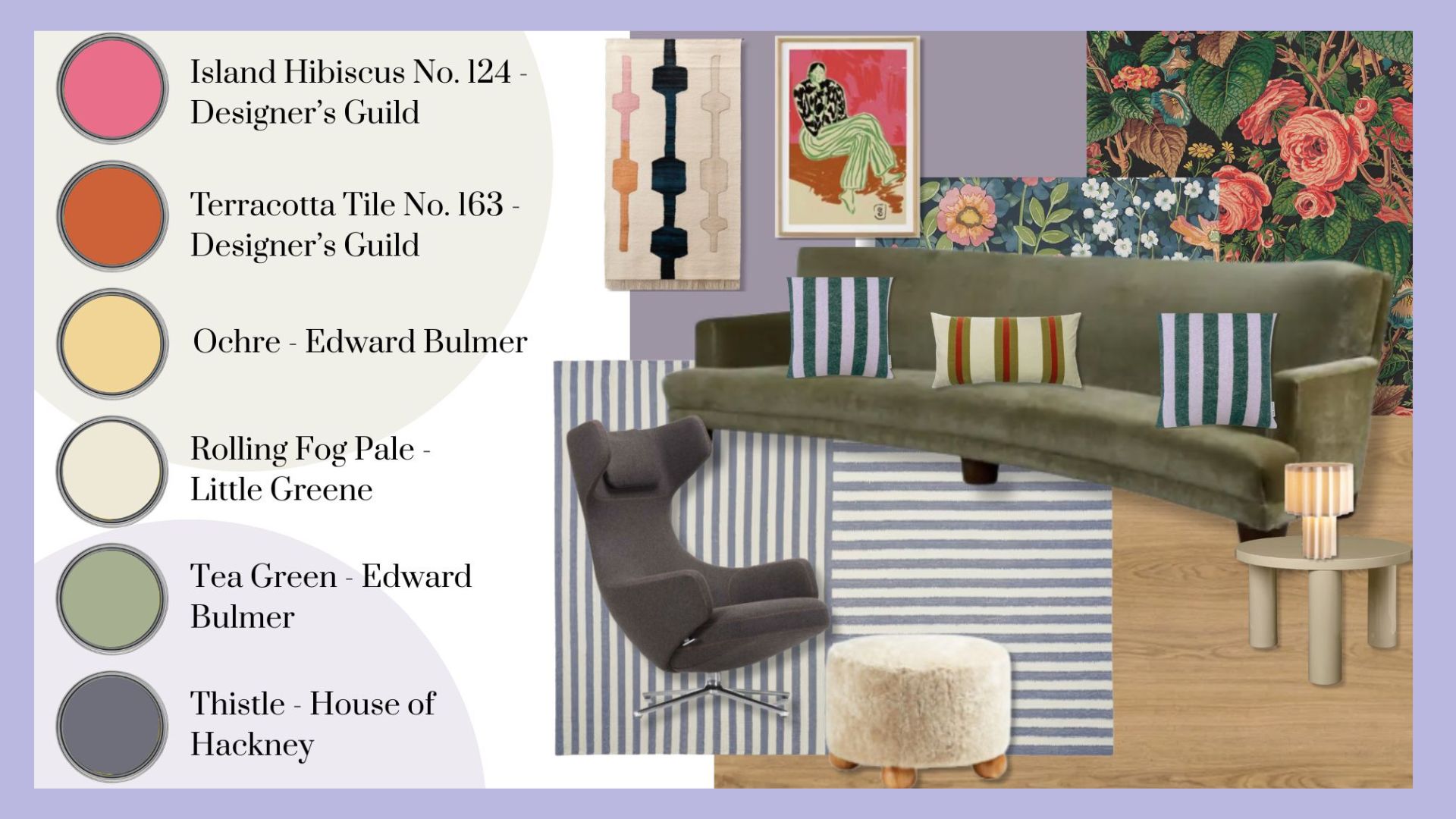

8. Maximalist
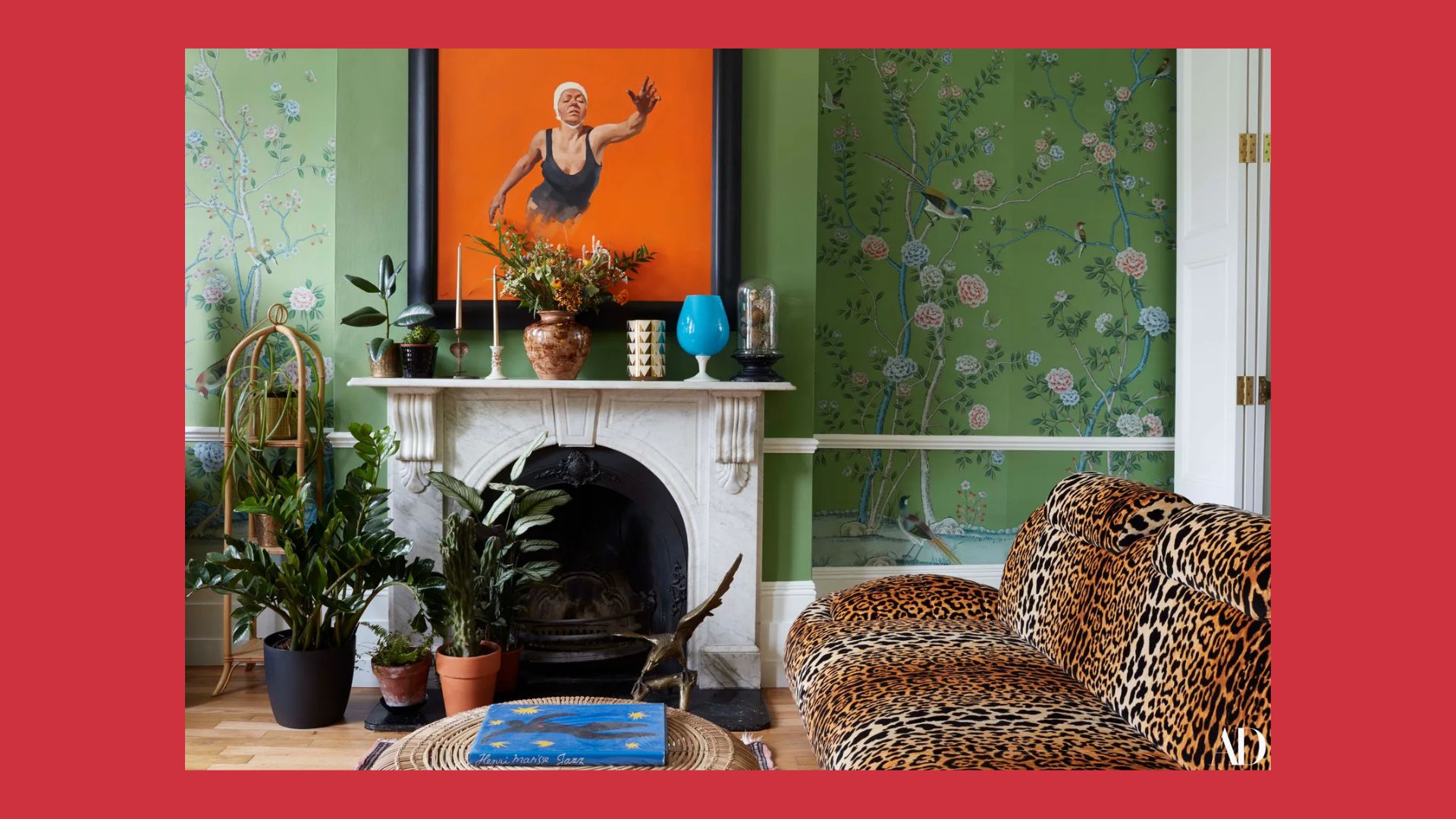
Paloma Faith, London Townhouse
Style Traits: The Maximalist design celebrates boldness and individuality, creating a rich, immersive experience with layered complexity, depth, and vibrancy.
Colours: Vibrant and bold jewel tones, bright primaries, and metallics.
Patterns: Layered florals, animal prints, and geometric patterns.
Textures & Fabrics: Plush, layered, and luxurious; velvet, silk, and brocade.
Materials & Details: Marble, brass, and high-gloss woods.
-
Influences: Victorian, Art Deco, Baroque, and Rococo.
